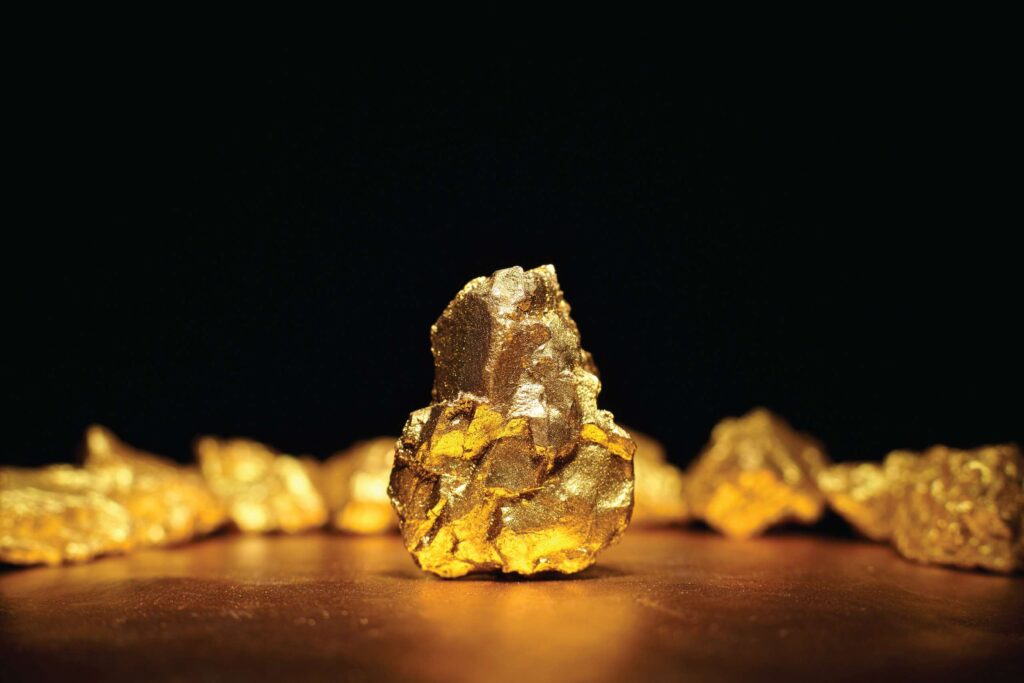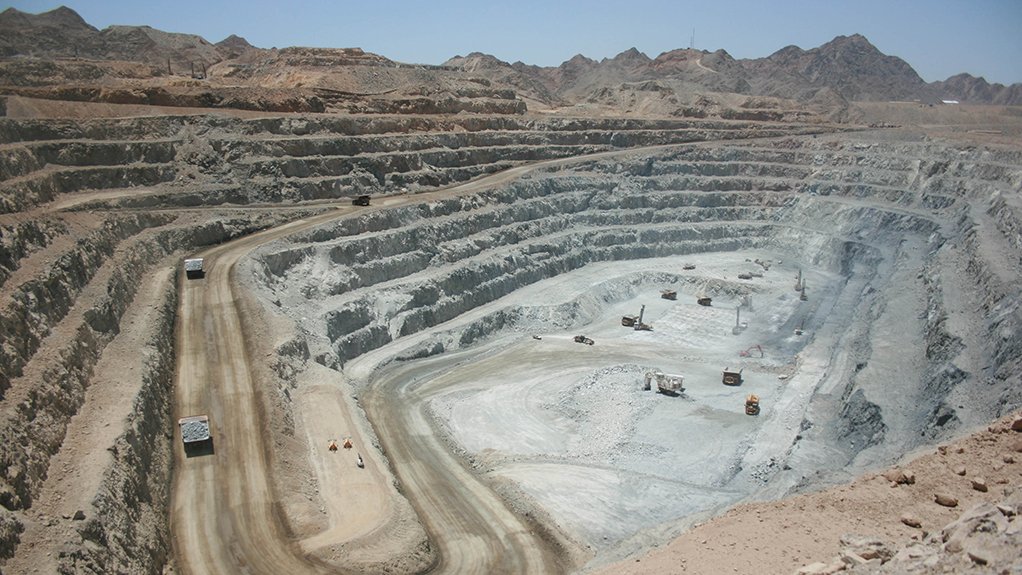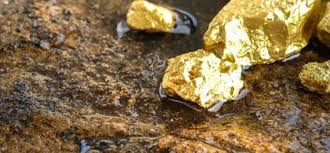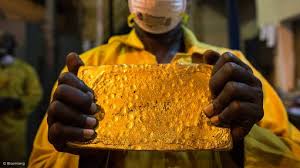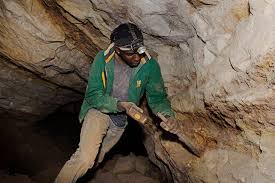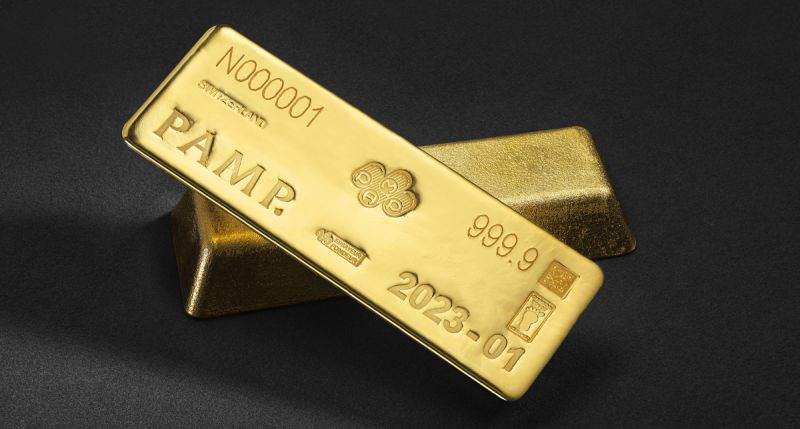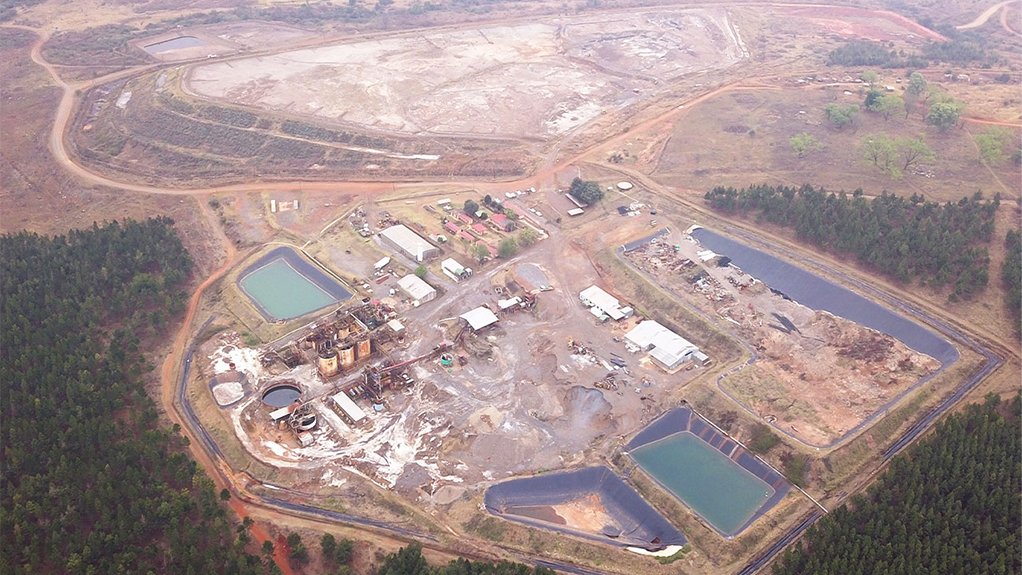Precious Metals

Allied Gold reports strong second-quarter gold production
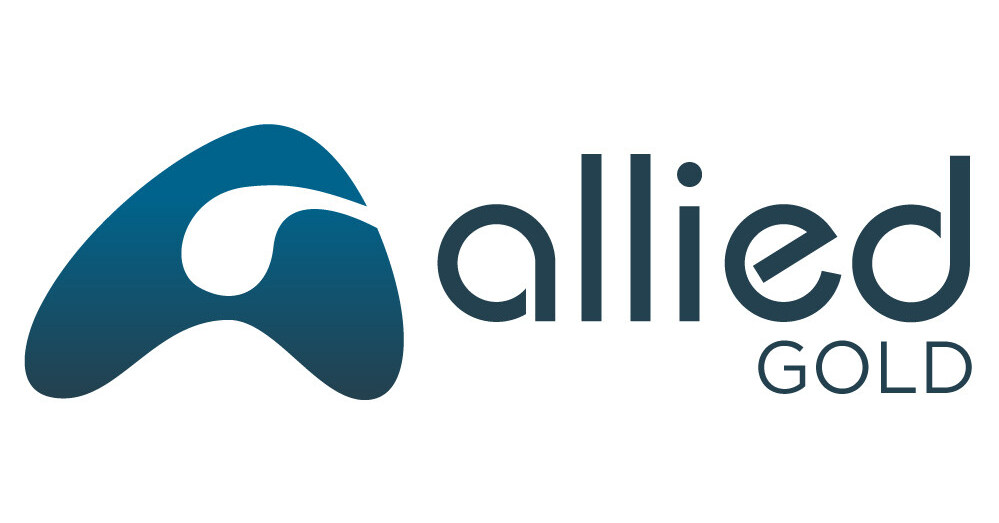
The good production figures, which the company says were driven by strong performances at the Bonikro mine, in Côte d’Ivoire, and the Sadiola mine, in Mali, position the company to meet its full-year guidance.
Allied says its third-quarter production is expected to be comparable to that of the second quarter, while its fourth-quarter production is expected to be meaningfully higher at 118 000 oz to 122 000 oz, driven mainly by higher grades.
In the first half of the year, the company continued implementing improvements to its operations and undertook a series of operational enhancements and strategic initiatives aimed at delivering materially stronger output going forward, beginning in the second half of the year.
These included confirmatory drilling of high-grade areas; continued refinement of block models and grade control processes; progressive mobilisation of new mining equipment at Sadiola for material improvement of fleet availability and productivity; changes to mine management, hiring experienced local management, including in Mali; and continued advancing stripping at Bonikro and Agbaou to access higher-grade ore in the second half of the year and next, with increased operational flexibility.
The company says these initiatives provide further confidence to guidance, with production in the second half of the year to account for 55% of output, compared with the first half of the year’s 45% contribution.
The increase in production in the second half of the year, along with operational improvements and mine sequencing, is expected to drive meaningful cost improvements.
During the June quarter, Allied sold 81 103 oz of gold, compared with the 84 611 oz sold in the June 2024 quarter.
The company says the timing of final shipments resulted in 9 914 oz of gold only being sold in July, for revenue of $30-million.
Total cost of sales, cash costs and all-in sustaining costs (AISC) were $2 294/oz, $2 034/oz and $2 343/oz, respectively. Costs included royalties based on higher gold prices and the amount for increased waste removal at Agbaou, in Côte d’Ivoire.
The company expects costs for the second half of the financial year to be in line with full-year guidance, taking into account higher gold prices on operating costs with the previously disclosed gold price-based royalties.
Second-half AISC is anticipated to decrease to about $1 850/oz, based on a $3 000/oz gold price, from the normalisation of timing of sales, higher production and the benefit of disproportionate operating and stripping costs in the first half.
Further, the company expects to achieve progressive quarter-on-quarter cost improvements throughout the remainder of this year as a result of ongoing benefits from cost control and reduction programmes and the completion and commissioning of Phase 1 of the Sadiola expansion along with further upside from potential oxide discoveries at Sadiola which provide relatively inexpensive high-quality ounces.
Financial highlights
Allied Gold reports a second quarter net loss of $25.4-million, or $0.22 a share, with second-quarter adjusted earnings of $16.2-million, or $0.14 a share.
Net cash generated from operating activities for the quarter was $22-million, while operating cash flow before income tax paid and movements in working capital was a strong inflow of $116-million.
Earnings before interest, taxes, depreciation and amortisation (Ebitda) and adjusted Ebitda for the three months ended June 30 were $23-million and $71.7-million, respectively.
As of June 30, the company says it had cash and cash equivalents of $218.6-million and immediately available credit of $50-million – inclusive of a $10-million accordion – under its revolving credit facility, which remains undrawn.
In addition to available credit, the company says it has liquidity available through future draws on the gold stream over the Kurmuk project, in Ethiopia.
Available liquidity, coupled with an anticipated step change in production and commensurate cost reduction for the remainder of the year resulting in additional flexibility from increased cash flows, positions the company to execute on Kurmuk's remaining capital expenditures (capex).
During the second quarter, Allied spent $71.3-million in capex at Kurmuk, which is expected to start production in mid-2026. The project is expected to produce, on average, about 240 000 oz/y over its life-of-mine.




